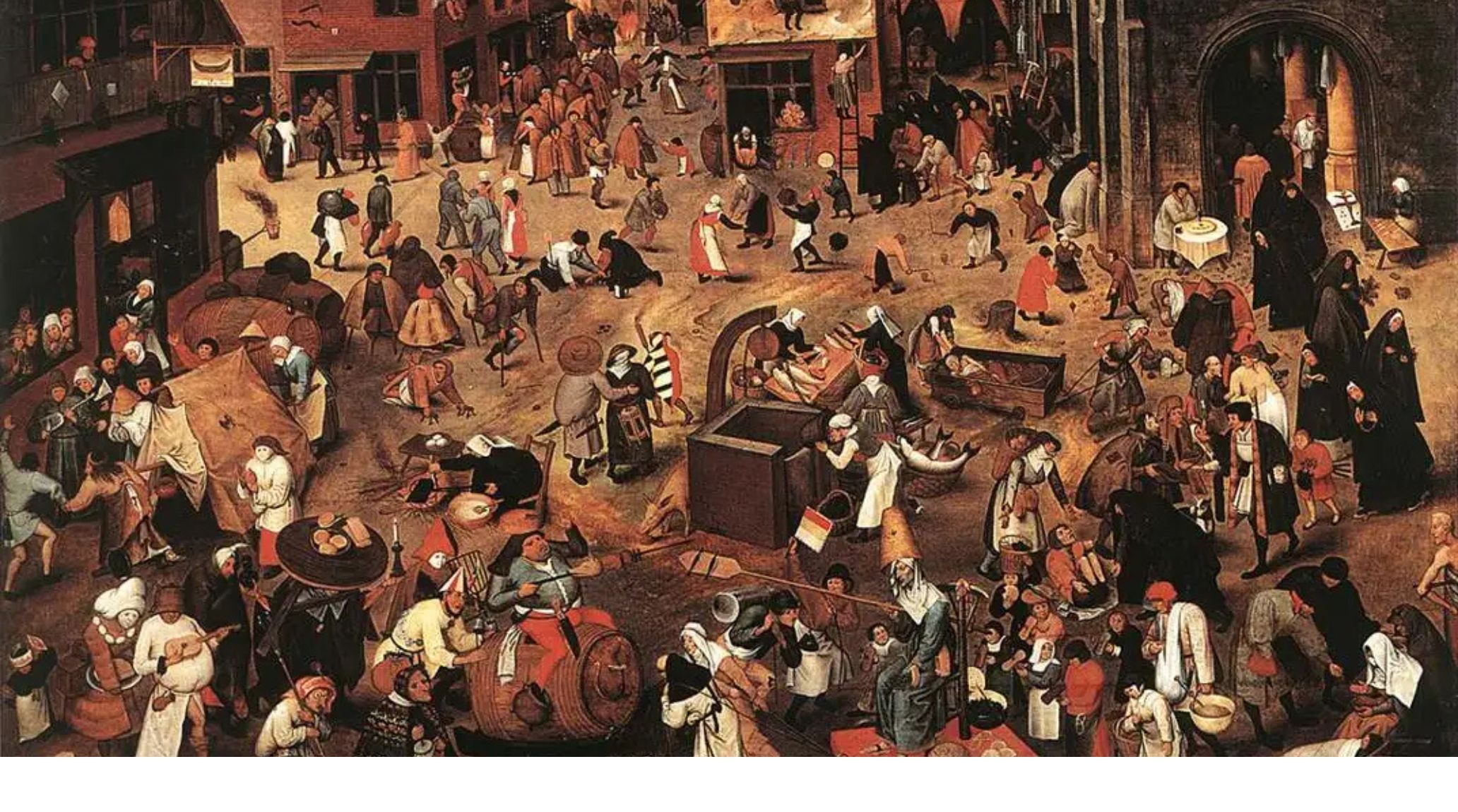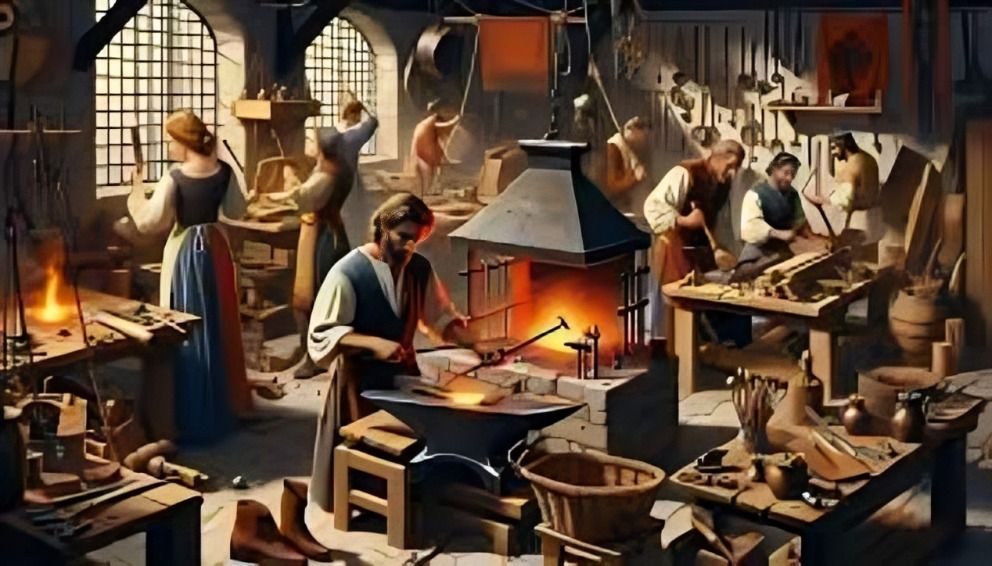
“
Medieval guilds were powerful organizations that shaped the economy and social structure of medieval towns. These groups of skilled workers, merchants, and craftsmen organized to protect their interests, maintain standards, and regulate trade. From the early craft guilds to the merchant guilds, they played an essential role in shaping urban life and medieval commerce. Important Facts About Medieval Guilds reveals how they influenced education, politics, and the economy, as well as their legacy in the development of modern trade unions and business associations.1
1
”
Medieval guilds were associations of craftsmen or merchants who banded together for mutual protection, support, and to regulate trade and craft standards, significantly influencing medieval economies and urban life.1
Guilds were classified into two categories: craft guilds, which focused on specific trades like blacksmithing, and merchant guilds, which controlled commerce in towns and cities, establishing economic standards.2
Guild members paid regular fees and contributed to communal funds, which were used for welfare benefits, such as helping members in times of illness, accidents, or providing support for families after death.3
Guilds regulated the quality of goods and services, ensuring that products met specific standards and preventing fraud, which helped maintain a level of trust in medieval marketplaces.4
Guilds supported members in hard times, controlled working conditions and hours, prevented non-members from selling competing products, and offered tax exemptions for some members, ensuring their well-being and protection.5

Guilds often held a monopoly over particular trades in a given region, which enabled them to control the pricing, production methods, and distribution of goods within their sphere of influence.
In the Middle Ages, apprentices trained for 7 years, then became Journeymen earning wages. To become a Master, a Journeyman needed guild approval, skill, and political support to open a shop. 6
Each guild had its own set of rules, or "ordinances," which governed the behavior of members, including prices, working hours and the conditions under which work could be done, maintaining order within the industry. 7
Medieval cities had up to 100 craft guilds, such as weavers, bakers, and cobblers. Merchant guilds, controlling trade, held significant power and influenced the local economy, regulating commerce and shaping economic life in the town. 8
Religious and social activities were central to guilds, as many organized charitable events, feasts, and religious ceremonies, with guild members often attending Mass together and participating in processions.9
Powerful guilds had halls to settle disputes and enforce rules. Despite learning skilled crafts, women in the Middle Ages were excluded from joining guilds or forming their own guilds. 10

The word "guild" originates from terms meaning tribute or payment, which members had to contribute. A Journeyman had to create a "masterpiece" to gain approval from the guild masters for advancement.
Merchant guilds were wealthier and held higher social status than craft guilds. They often enjoyed privileged roles in religious and secular ceremonies and had significant influence over local governments and political affairs. 11
Non-occupational guilds, including social, religious, and parish guilds, offered mutual insurance, credit, legal aid, and support for apprenticeships and dowries, assisting members both socially and financially in medieval towns and cities.12
Guilds regulated entry into a profession, ensuring that only those who had completed the necessary training and apprenticeship were allowed to work, which helped maintain high standards within their industries.13
Guilds also existed in rural villages, performing similar social and religious functions as in towns. Research shows most villagers belonged to one or more guilds, with some villages having multiple organizations. 14
Guilds required cooperation to achieve goals. To lower labor costs, raise product prices, or build reputations, all members had to align their actions, such as reducing wages, restricting output, or selling quality goods. 15
Guild members met yearly to elect officers, audit accounts, induct new members, and debate policies. Officers, like aldermen, stewards, and deans, managed daily affairs, finances, events, and members' behavior. 16
Punishments in guilds varied but followed a pattern: first-time offenders faced light penalties, repeat offenders harsher punishment, including expulsion. Laws protected individuals' rights, limiting guilds' ability to impose severe penalties. 17
Guilds flourished until the 16th century, but the Reformation weakened them. In England, the crown suppressed many guilds, seized funds, and removed spiritual services, forcing remaining guilds to pay for survival.18


